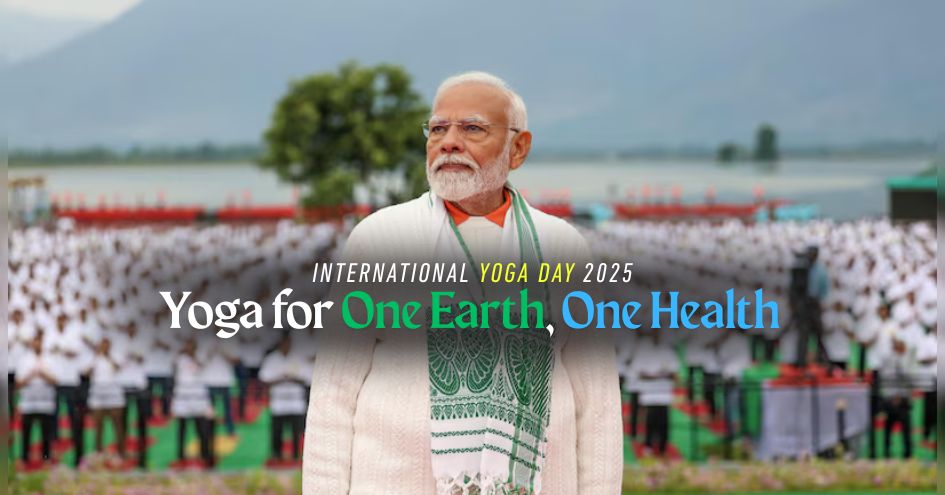PAVANAMUKTASANA (WIND-RELIEVING POSE)
Name
As the name suggests, this asana helps in releasing trapped wind from the stomach and intestines.
Starting position
Lie down in the supine position (a position of the body where you lie face up) with the legs together, arms beside the body and palms resting on the floor.
Technique
Benefits
It helps in eliminating toxic gasses from the stomach and intestines. improves digestion and works to dissolve extra fat deposited in the abdominal area.
Caution
In case of abdominal injuries and severe back pain, this asana should be avoided.
CHAKRASANA (WHEEL POSE)
Name
Chakrasana is so named because the body takes the shape of a wheel in the final position of this asana,
Starting position
Lie down in the supine position
Technique
Benefits
It removes stiffness from the body, makes the spine flexible and improves digestion.
Caution
This asana should be avoided in cases of weak wrists, high blood pressure, hernia and abdominal problems.
SARVANGASANA (SHOULDER STAND)
Name
It is often referred to as the 'queen of asanas Sarva means 'all', anga means 'limbs' or 'parts of the body' and asana means 'posture, 'position' or seat. Thus Sarvangasana literally translates into 'supported-all limbs-pose As the name suggests, Sarvangasana is beneficial for the entire body
Starting position
Lie down in the supine position with the legs together, hands by the side and palms facing the floor
Technique
Benefits
Sarvangasana stimulates the thyroid and parathyroid glands and normalizes their functioning. It also helps in dealing with constipation, indigestion and varicose veins. This is a beneficial asana for a growing child.
Caution
One should avoid this asana during pregnancy and menstruation, or if one suffers from high blood pressure, heart ailments, slipped disc, spondylosis, neck pain and acute thyroid problems
SHAVASANA
Name
This is a relaxing posture. In this asana, the body still looks like a corpse or shava, which explains the name.
Starting position
Lie down in the supine position.
Technique
Benefits
It relaxes the body and the mind, eliminates physical and mental fatigue and boosts energy levels
Caution
Avoid this asana if you suffer from depression or low blood pressure.
Credits:- Shri Narendra Modi, Honorable Prime Minister of India in his book - Exam Warriors
NEXT ARTICLE

Earlier this year in March, Prime Minister Narendra Modi formally declared "Yoga for One Earth, One Health" as the theme for International Yoga Day 20...